-
 Bitcoin
Bitcoin $107,443.3008
-1.17% -
 Ethereum
Ethereum $2,494.2503
-0.63% -
 Tether USDt
Tether USDt $1.0003
0.00% -
 XRP
XRP $2.2496
2.23% -
 BNB
BNB $658.7569
0.63% -
 Solana
Solana $154.9826
1.94% -
 USDC
USDC $1.0000
0.01% -
 TRON
TRON $0.2799
1.07% -
 Dogecoin
Dogecoin $0.1659
-1.78% -
 Cardano
Cardano $0.5745
0.25% -
 Hyperliquid
Hyperliquid $39.7005
0.13% -
 Bitcoin Cash
Bitcoin Cash $519.5989
3.78% -
 Sui
Sui $2.7874
-2.40% -
 Chainlink
Chainlink $13.3762
-1.69% -
 UNUS SED LEO
UNUS SED LEO $9.0784
-0.64% -
 Avalanche
Avalanche $17.9846
-2.81% -
 Stellar
Stellar $0.2390
-0.06% -
 Toncoin
Toncoin $2.9028
0.25% -
 Shiba Inu
Shiba Inu $0.0...01147
-2.17% -
 Litecoin
Litecoin $86.6956
-1.27% -
 Hedera
Hedera $0.1508
-0.50% -
 Monero
Monero $322.6222
3.26% -
 Polkadot
Polkadot $3.4124
-2.99% -
 Dai
Dai $0.9999
0.00% -
 Bitget Token
Bitget Token $4.5434
-1.97% -
 Ethena USDe
Ethena USDe $1.0002
0.00% -
 Uniswap
Uniswap $7.1562
-2.61% -
 Aave
Aave $275.8830
-1.02% -
 Pepe
Pepe $0.0...09790
-4.04% -
 Pi
Pi $0.5018
-5.09%
How to create your own NFT? What materials and platform accounts do I need to prepare?
To create an NFT, prepare your digital asset, choose a marketplace like OpenSea, set up an Ethereum wallet like MetaMask, fund it with ETH, and mint your NFT.
May 08, 2025 at 09:42 am
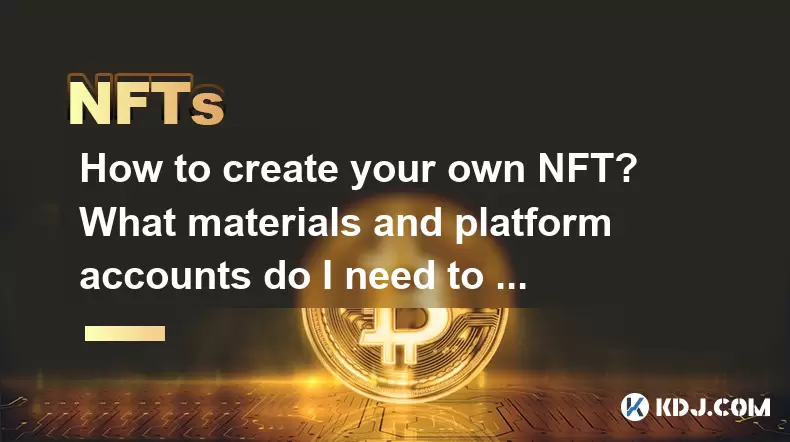
Creating your own NFT (Non-Fungible Token) has become an increasingly popular way to showcase digital art, music, and other unique digital assets. To get started, you'll need to gather certain materials and set up specific platform accounts. This article will guide you through the process, ensuring you have everything you need to successfully create and mint your NFT.
Preparing Your Digital Asset
Before you can create an NFT, you need to have a digital asset ready. This could be an image, video, audio file, or any other digital content that you want to tokenize.
- Ensure your digital asset is in a suitable format. Most platforms support common formats like JPEG, PNG, GIF for images, and MP4 for videos. If you're creating an audio NFT, formats like MP3 or WAV are often accepted.
- Optimize the file size. Larger files can be more expensive to mint and may take longer to upload. Aim for a balance between quality and file size.
- Ensure you have the rights to the digital asset. You must own the copyright or have permission to use the content you are turning into an NFT.
Choosing an NFT Marketplace
There are several NFT marketplaces where you can mint and sell your NFTs. Some popular options include OpenSea, Rarible, and Mintable. Each platform has its own set of features and fees, so it's important to choose one that aligns with your needs.
- Research the marketplace's fees. Some platforms charge a one-time fee for minting, while others take a percentage of the sale.
- Check the platform's user base and reputation. A marketplace with a large and active community can increase your chances of selling your NFT.
- Ensure the platform supports your digital asset type. Not all marketplaces support every type of digital asset, so make sure your chosen platform can handle your file format.
Setting Up a Digital Wallet
To interact with an NFT marketplace, you'll need a digital wallet that supports the blockchain the marketplace uses. Most popular NFT platforms operate on the Ethereum blockchain, so you'll need an Ethereum-compatible wallet like MetaMask or Trust Wallet.
- Download and install the wallet. Follow the instructions provided by the wallet provider to set it up on your device.
- Create a new wallet or import an existing one. If you're new to cryptocurrencies, you'll need to create a new wallet. If you already have a wallet, you can import it into the application.
- Secure your wallet. Make sure to write down your recovery phrase and keep it in a safe place. This phrase is crucial for recovering your wallet if you lose access.
Funding Your Wallet
To mint an NFT, you'll need to have some cryptocurrency in your wallet. Most NFT platforms use Ethereum (ETH), so you'll need to purchase some ETH and transfer it to your wallet.
- Buy Ethereum from a reputable exchange. Platforms like Coinbase, Binance, or Kraken allow you to purchase ETH with fiat currency.
- Transfer ETH to your digital wallet. Follow the instructions on the exchange to send your ETH to your wallet address. This may take a few minutes to an hour, depending on network congestion.
Minting Your NFT
Once you have your digital asset ready, a chosen marketplace, a set-up wallet, and some ETH, you can proceed to mint your NFT.
- Connect your wallet to the NFT marketplace. Navigate to the marketplace's website and click on the option to connect your wallet. Follow the prompts to authorize the connection.
- Upload your digital asset. Click on the option to create a new NFT and upload your digital file. Fill in the required metadata, such as the name, description, and any additional details like royalties.
- Set the pricing and listing options. Decide whether you want to sell your NFT at a fixed price, through an auction, or both. Set the price accordingly.
- Confirm and mint the NFT. Review all the details and click on the mint button. You'll need to confirm the transaction in your wallet, which will require a small amount of ETH to cover the gas fees.
Frequently Asked Questions
Q: Can I create an NFT for free?
A: While some platforms offer free minting options, most require you to pay gas fees to mint an NFT. Additionally, some platforms may charge a fee for listing your NFT on their marketplace.
Q: How long does it take to mint an NFT?
A: The time it takes to mint an NFT can vary depending on the blockchain's congestion. On the Ethereum network, it can take anywhere from a few minutes to an hour.
Q: Can I change the details of my NFT after it's been minted?
A: Once an NFT is minted, most platforms do not allow you to change its details. It's important to double-check all information before confirming the minting process.
Q: What happens if my NFT doesn't sell?
A: If your NFT doesn't sell, you can choose to delist it and try again later, or you can keep it listed and hope for a buyer in the future. Some platforms allow you to burn the NFT and reclaim any associated costs.
Disclaimer:info@kdj.com
The information provided is not trading advice. kdj.com does not assume any responsibility for any investments made based on the information provided in this article. Cryptocurrencies are highly volatile and it is highly recommended that you invest with caution after thorough research!
If you believe that the content used on this website infringes your copyright, please contact us immediately (info@kdj.com) and we will delete it promptly.
- Rare Find: The 2p Coin Error Worth £1,000!
- 2025-07-01 14:30:12
- Bitcoin Price Rollercoaster: Trump vs. Musk, and What It Means for Your Crypto
- 2025-07-01 14:30:12
- German Banks, Crypto Trading, and FOMO: A New Era?
- 2025-07-01 14:35:12
- XRPL, Token Tracker, and XRP Holders: Navigating Security, Innovation, and Future Wealth
- 2025-07-01 15:10:12
- ETF Approval, Crypto, and Institutional Investment: A New Era?
- 2025-07-01 15:10:12
- Bitcoin Breakout Incoming? July Patterns Hint at Historic Rally!
- 2025-07-01 14:50:12
Related knowledge
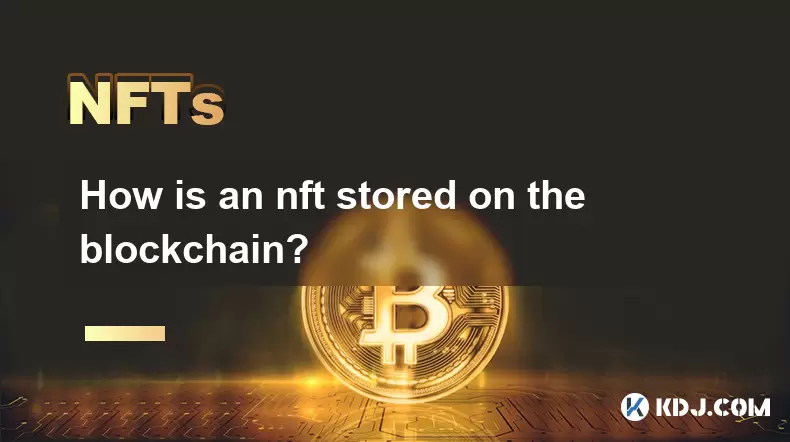
How is an nft stored on the blockchain?
Jul 01,2025 at 04:07am
How Is an NFT Stored on the Blockchain?Non-Fungible Tokens (NFTs) have revolutionized how digital assets are owned, verified, and transferred. Understanding how an NFT is stored on the blockchain provides clarity on its uniqueness, immutability, and traceability. Understanding the Basic Structure of an NFTAn NFT is a unique token that represents ownersh...
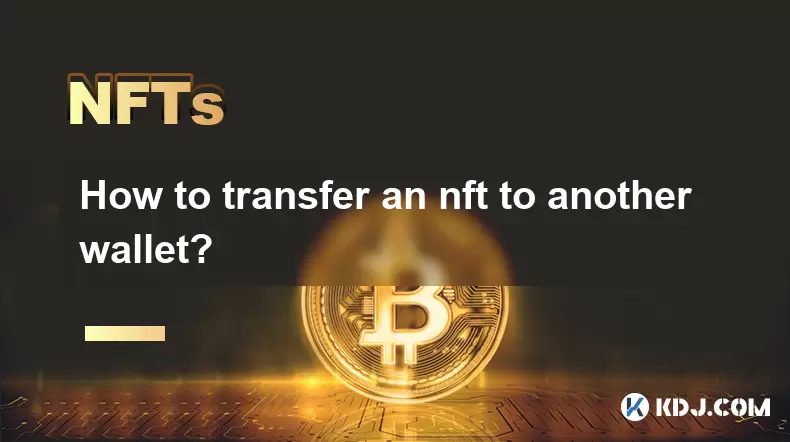
How to transfer an nft to another wallet?
Jul 01,2025 at 10:21am
Understanding the Basics of NFT TransfersTransferring an NFT (Non-Fungible Token) from one wallet to another is a common operation in the blockchain space. Before proceeding, it's crucial to understand what an NFT represents: a unique digital asset stored on a blockchain, typically Ethereum or other compatible chains like Binance Smart Chain or Solana. ...
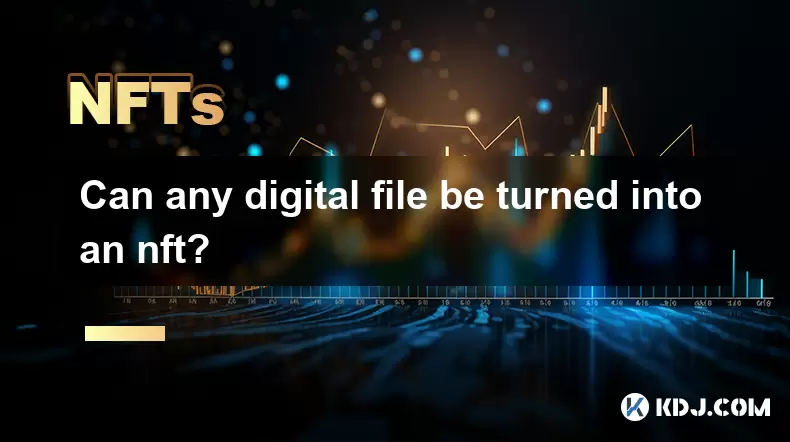
Can any digital file be turned into an nft?
Jul 01,2025 at 07:00am
Understanding the Concept of NFTsAn NFT (Non-Fungible Token) is a unique digital certificate of ownership stored on the blockchain. Unlike cryptocurrencies such as Bitcoin or Ethereum, which are fungible and interchangeable, NFTs represent one-of-a-kind assets that cannot be replicated or replaced. These tokens can represent various types of digital fil...

How to analyze an nft project's roadmap?
Jul 01,2025 at 12:01pm
What is an NFT Project Roadmap?An NFT project roadmap serves as a strategic plan outlining the development goals, milestones, and timelines for a non-fungible token initiative. It typically includes short-term and long-term objectives, key deliverables, team updates, partnerships, and community engagement strategies. A well-structured roadmap helps inve...
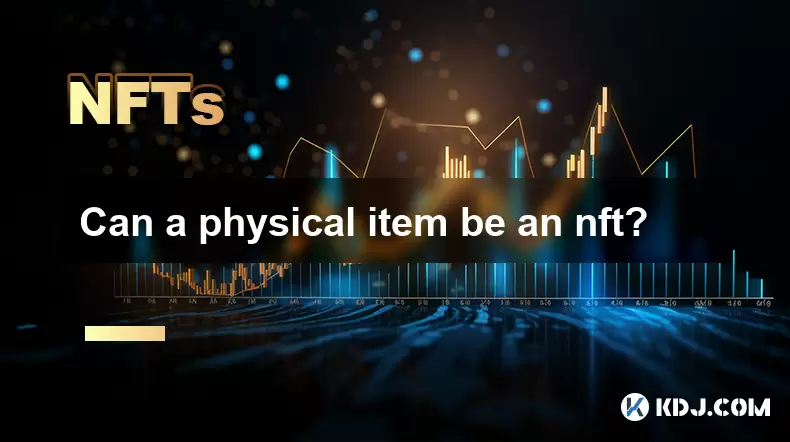
Can a physical item be an nft?
Jul 01,2025 at 06:07am
Understanding the Concept of NFTsAn NFT (Non-Fungible Token) is a unique digital asset that represents ownership of a specific item or content on the blockchain. While many people associate NFTs with digital art, music, or virtual collectibles, the question arises: Can a physical item be an NFT? The short answer is yes — but with important distinctions....
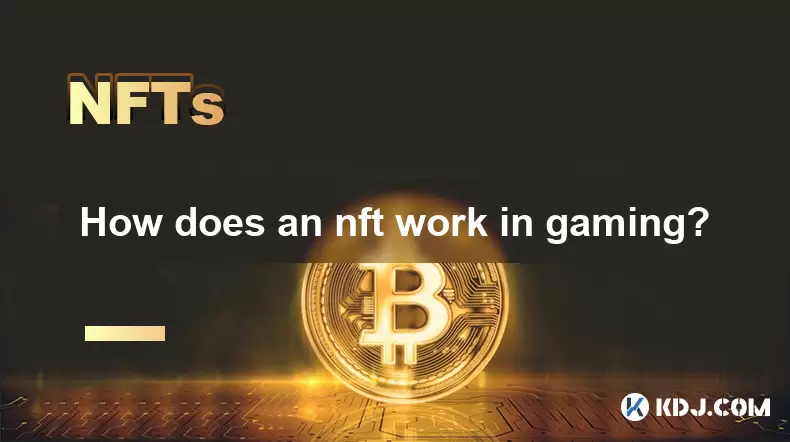
How does an nft work in gaming?
Jul 01,2025 at 09:08am
Understanding NFTs in the Gaming IndustryNFTs, or Non-Fungible Tokens, have revolutionized how digital assets are perceived and managed within the gaming ecosystem. Unlike traditional in-game items that exist solely within a game’s environment and are controlled by developers, NFTs represent unique, verifiable, and tradable assets stored on a blockchain...

How is an nft stored on the blockchain?
Jul 01,2025 at 04:07am
How Is an NFT Stored on the Blockchain?Non-Fungible Tokens (NFTs) have revolutionized how digital assets are owned, verified, and transferred. Understanding how an NFT is stored on the blockchain provides clarity on its uniqueness, immutability, and traceability. Understanding the Basic Structure of an NFTAn NFT is a unique token that represents ownersh...

How to transfer an nft to another wallet?
Jul 01,2025 at 10:21am
Understanding the Basics of NFT TransfersTransferring an NFT (Non-Fungible Token) from one wallet to another is a common operation in the blockchain space. Before proceeding, it's crucial to understand what an NFT represents: a unique digital asset stored on a blockchain, typically Ethereum or other compatible chains like Binance Smart Chain or Solana. ...

Can any digital file be turned into an nft?
Jul 01,2025 at 07:00am
Understanding the Concept of NFTsAn NFT (Non-Fungible Token) is a unique digital certificate of ownership stored on the blockchain. Unlike cryptocurrencies such as Bitcoin or Ethereum, which are fungible and interchangeable, NFTs represent one-of-a-kind assets that cannot be replicated or replaced. These tokens can represent various types of digital fil...

How to analyze an nft project's roadmap?
Jul 01,2025 at 12:01pm
What is an NFT Project Roadmap?An NFT project roadmap serves as a strategic plan outlining the development goals, milestones, and timelines for a non-fungible token initiative. It typically includes short-term and long-term objectives, key deliverables, team updates, partnerships, and community engagement strategies. A well-structured roadmap helps inve...

Can a physical item be an nft?
Jul 01,2025 at 06:07am
Understanding the Concept of NFTsAn NFT (Non-Fungible Token) is a unique digital asset that represents ownership of a specific item or content on the blockchain. While many people associate NFTs with digital art, music, or virtual collectibles, the question arises: Can a physical item be an NFT? The short answer is yes — but with important distinctions....

How does an nft work in gaming?
Jul 01,2025 at 09:08am
Understanding NFTs in the Gaming IndustryNFTs, or Non-Fungible Tokens, have revolutionized how digital assets are perceived and managed within the gaming ecosystem. Unlike traditional in-game items that exist solely within a game’s environment and are controlled by developers, NFTs represent unique, verifiable, and tradable assets stored on a blockchain...
See all articles

























































































